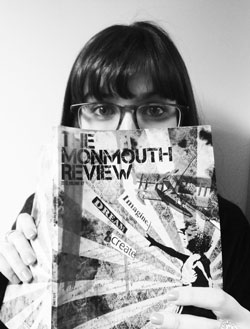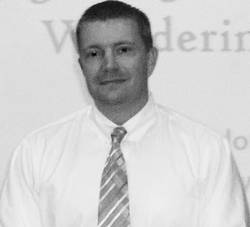Experiment Shows the Speed of Light Cannot Be Exceeded

Last September, an international collaboration of 160 physicists from eleven countries at CERN, the European Organization for Nuclear Research, reported to have clocked subatomic particles known as neutrinos break the universally ubiquitous threshold of the speed of light, which is approximately 300 million meters per second.
In this experiment, known collectively as the Oscillation Project with Emulsion-Tracking Apparatus (Opera), the particles were fired a distance of 454 miles from an underground research laboratory in Geneva, Switzerland to another in Gran Sasso, Italy at a reported 60 nanoseconds faster than the cosmic speed limit postulated by Albert Einstein in 1905.
This miniscule result had inundated seas of skepticism among the world’s scientific community. For if these results had held true, Einstein’s theory of relativity would have been directly contradicted, bellowing pretty much a Hurricane Katrina at the entire foundation the house of modern physics is built upon.
To the delight of the aforementioned skeptics, a research team led by Nobel Laureate physicist Carlo Rubbia reported recently that neutrinos do not, in fact, travel faster than the speed of light, reassuring Einstein’s theory that nothing in the universe can travel faster than the speed of light in a vacuum, according to the New York Times.
In response to this upturn, Shivam Patel, a sophomore biology major, said he was “astounded by the scientists today. I really thought they could prove neutrinos to be faster than the speed of light and prove Albert Einstein wrong.”
“The results are very convincing,” Rubbia said, “and they tell us essentially that there was something not quite right with the results of Opera.” Members of Opera even welcomed the new results.
Antonio Ereditato, a member of the Opera team and head of the Albert Einstein Center for Fundamental Physics in Bern, Switzerland, said the results were “in line with our recent findings about the possible malfunctioning of some of the components of our experimental setup.”
Asked if he was disappointed, Ereditato replied the way many scientists must reply in such cases, “This is the way science goes. What matters is the global progress of scientific knowledge,” according to the New York Times.
“Nothing can go faster than the speed of light,” said Dr. Robert Pastore, phsyics professor.
The Opera experiment was conducted meticulously with some of the most delicate and gargantuan scientific equipments on earth.
According to CERN, the Opera experiment began inside a large cylinder of hydrogen gas at a CERN building in Geneva. The hydrogen atoms lost their electrons in a process called oxidation, resulting in a consortium of naked protons.
These protons were bolted through a complex network of underground particle accelerators that collaterally ended up in the Large Hadron Collider (LHC), the largest and most expensive particle accelerator on the planet.
The LHC blasted the protons at ultra-high speeds, slamming them in recurrent pulses ten mic roseconds apart into a graphite tablet, where the protons produced a pulse of lesser particles known as mesons.
Soon afterwards, the mesons decayed into the neutrally charged subatomic particles called neutrinos, which were accelerated the 454 miles from Geneva into an assemblage of lead bricks and photographic emulsion in Gran Sasso.
Theoretically, some neutrinos during this trip could have resonated between two different forms, muon neutrinos and tau neutrinos. The original goal of the Opera experiments was to map out, characterize, and analyze this transformation. In three years of research, only one tau neutrino has been detected out of the 16,000 total neutrinos in the Opera lab’s detector, according to the New York Times.
Despite the accuracy and precision of the instrumentation used throughout Opera’s runs, it appears that the glitch in the data serves as a reminder that we are on the right path and our foundation is not completely shaken quite yet, for those who view the glass half empty.
“While it would have been interesting to find new clues about how the universe works,” said Sam Broadbent, sophomore chemistry major, “it is incredible how important and thought-out Einstein’s theory of relativity is when it is nearing 100-years-old.”
Ereditato’s finding illustrates one fine line that reverberates across all the borders separating the sciences. The true fundamental laws of physics are exactly that, true and fundamental. In addition to the speed of light being verified as the true cosmic speed limit, the lesson to be learned is that persistent endeavor in search of truth will rarely result in everlasting false dogma. The beating heart of science can only be fueled by such a conquest.
PHOTO COURTESY of nationalgeographic.com


